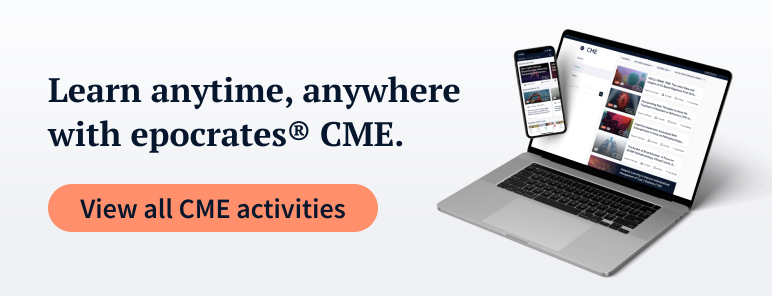
CDC
Nonoccupational PEP for HIV prevention: What’s changed in the CDC guideline?
May 8, 2025

Nonoccupational postexposure prophylaxis (nPEP) for HIV is recommended when a nonoccupational (e.g., sexual, needle, or other) exposure to nonintact skin or mucous membranes that presents a substantial risk for HIV transmission has occurred, and the source has HIV without sustained viral suppression or their viral suppression status is unknown.
Major changes between the 2016 and 2025 versions of CDC's nPEP guidelines include:
Updated Antiretroviral Regimens:
- Preferred regimens now include bictegravir/emtricitabine/tenofovir alafenamide or dolutegravir plus (tenofovir alafenamide or tenofovir disoproxil fumarate) plus (emtricitabine or lamivudine).
Expanded Indications:
- New considerations for nPEP use in individuals who've received long-acting injectable antiretrovirals.
Testing Recommendations:
- Updated testing guidelines for individuals who've experienced sexual assault to align with the latest CDC sexually transmitted infection treatment guidelines.
Implementation Strategies:
- Emerging strategies for nPEP implementation, emphasizing rapid initiation ideally within 24 hours of exposure.
Follow-Up Protocols:
- Tailored medical follow-up recommendations, including visits at 24 hours (remote or in person), 4–6 weeks, and 12 weeks after exposure for lab testing.
Source:
Tanner MR, et al. (2025, May 8). MMWR Recomm Rep. Antiretroviral Postexposure Prophylaxis After Sexual, Injection Drug Use, or Other Nonoccupational Exposure to HIV - CDC Recommendations, United States, 2025. https://www.cdc.gov/mmwr/volumes/74/rr/rr7401a1.htm

TRENDING THIS WEEK





